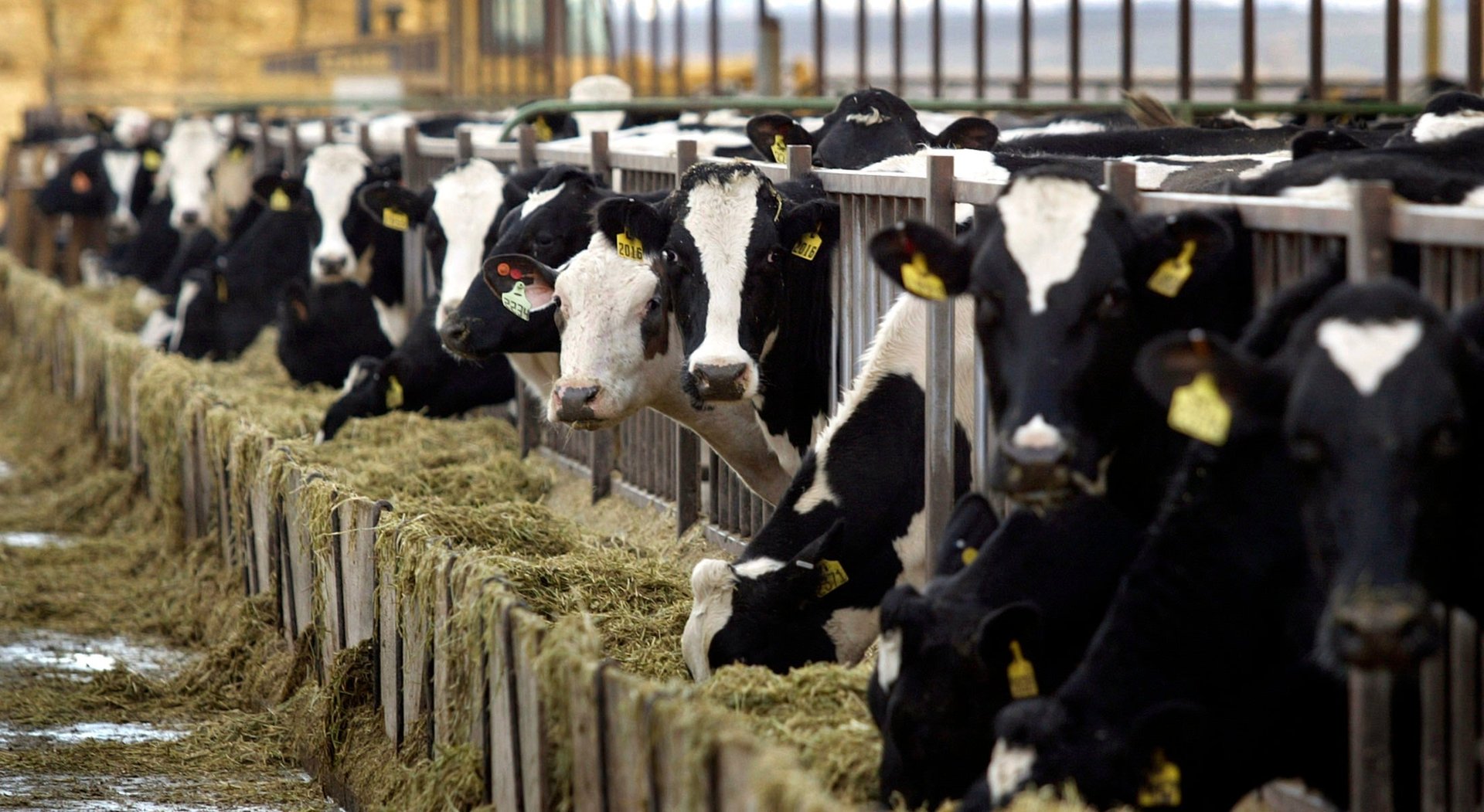New Zealand is about to use the nuclear option to beat a dairy-cow disease
It might have been a stowaway, crossing the border hidden inside a live cow from a distant land. Then again, the microscopic interloper—a miniature goblin—might just as easily have sneaked its way into New Zealand for the first time in a vial of frozen bovine semen.


It might have been a stowaway, crossing the border hidden inside a live cow from a distant land. Then again, the microscopic interloper—a miniature goblin—might just as easily have sneaked its way into New Zealand for the first time in a vial of frozen bovine semen.
Either way, it’s a mystery. And frankly, it appears it’s one that’ll never be solved. But that’s not what Kiwi farmers really care about right now, anyway. They’re focused on the future of Mycoplasma bovis, that pernicious cell—the smallest living cell in nature—that’s been wreaking havoc on their dairy cows. It can cause pneumonia in calves, arthritis in older cows, and even induce late-term bovine abortions.
As New Zealand’s agricultural industry has discovered, there is no magic elixir to stop the spread of Mycoplasma bovis. Not many antibiotics work on it. The problem is that most antibiotics, penicillin for example, attack and damage cell walls to destroy invader microorganisms, but Mycoplasma bovis has no cell wall, making it tougher to stamp out.
So New Zealand farmers are preparing to use the nuclear option.
This week, the government approved a measure that effectively sentences over 150,000 cows to an untimely death, a crude mass eradication that farmers hope will banish Mycoplasma bovis from the island nation altogether. Under the plan, officials will slaughter cows on farms where the bacteria has been found. Even healthy cows on those farms will have to be killed, as the bacteria can lie dormant in an animal, showing no sign of infection. The slaughter is expected to cost hundreds of millions of dollars.
The bacteria was first identified (pdf) in July 2017 on a South Canterbury farm in the Oamaru area. Since then, it has spread to a handful of other farms, mostly from cow-to-cow contact and to young calves feeding on unpasteurized milk. It’s a big problem for New Zealand, one of the world’s most important dairy and beef producers, where its 10 million cows outnumber its people, two to one.
There is some good news. Mycoplasma bovis does not pose a food-safety issue, so the slaughtered cows can and will end up as meat products. That’s the slimmest of silver linings, however, as the country prepares to take aggressive action to rid itself of the disease and reinforce its border security to try and ensure the bacteria doesn’t make it back in somehow. It’s still too early to say just how much the country’s dairy economy will be impacted by the deaths, though 150,000 represents a tiny portion of the island’s 6.6 million total dairy cow population.